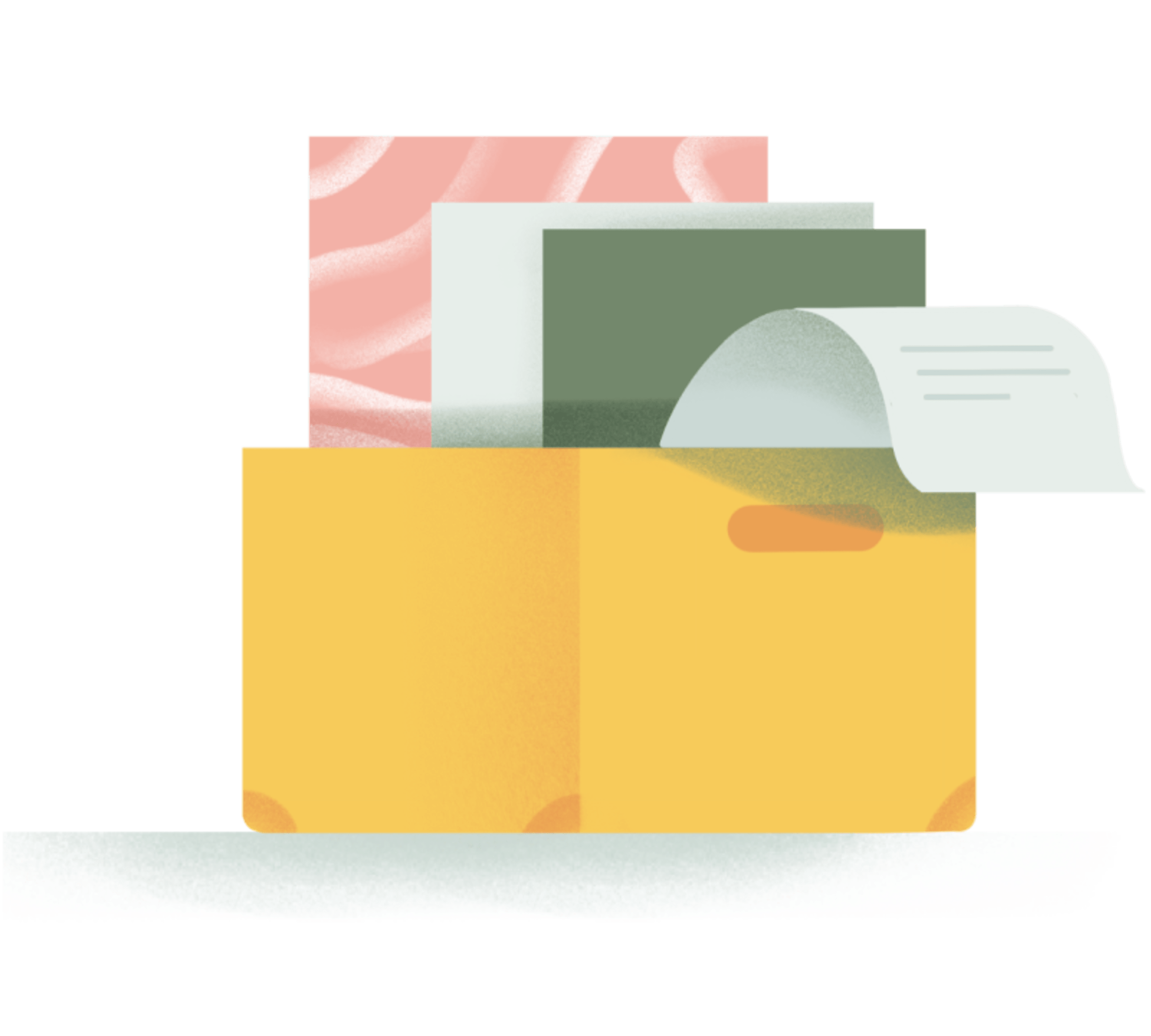Alan Henry is no stranger to productivity. He spent six years at Lifehacker and served as their Editor-in-Chief until 2017. Now the Editor of the Smarter Living section of The New York Times, he’s covered just about everything that falls within the intersection of wellness, science, and productivity—making your technology work for you, staying focused in an open-office, and building a morning ritual, just to name a few.
Now he’s walking us through his personal productivity workflow that includes a 9am wake-up, steaming mugs of coffee, time blocking, video game soundtracks, lots of healthy breaks, and (very intentional) time for social media.
Alan Henry, The New York Times Smarter Living Editor
Keeping a Consistent Morning Ritual
I try to wake up at 9am EST most mornings. My Android alarm clock is usually enough to get me going, but I’m lucky enough to have a partner who has to be up before me, so I wake up when they’re up! My morning routine starts with a cup of coffee. Before I even open my notifications, I pour a cup of coffee, take a deep breath, and sit down with it. Then I’ll open my phone and make sure my notifications are the usual - email, a few push alerts from news apps like The New York Times, Google News, and so on. I’ll usually glance at my (very heavily curated) social media feeds to make sure I didn’t miss something critical or extremely newsworthy that happened while I was asleep.
Then it’s over to Todoist to review my to-dos for the day and anything overdue that needs to be rescheduled!

I also check my Google Calendar to review my meetings and daily agenda. After that, it’s a glance through my email inboxes, both personal and work, to make sure that there’s nothing that demands my immediate attention. My mornings are purposefully blocked off on my calendar so people don’t try to schedule me for meetings earlier than I’d like without talking to me about it first. I like to have control over my morning schedule (mostly because I work more efficiently in the afternoon), so it’s pretty important to have those boundaries set. I also mute Slack notifications in the mornings so I’m not stressed out and interrupted while I’m trying to read, get showered and dressed, or commute.
If I don’t have meetings at the office or don’t need tools that are only available there, I can work from home pretty flexibly. In fact, my desk setup at home is way better than the one I have at work!
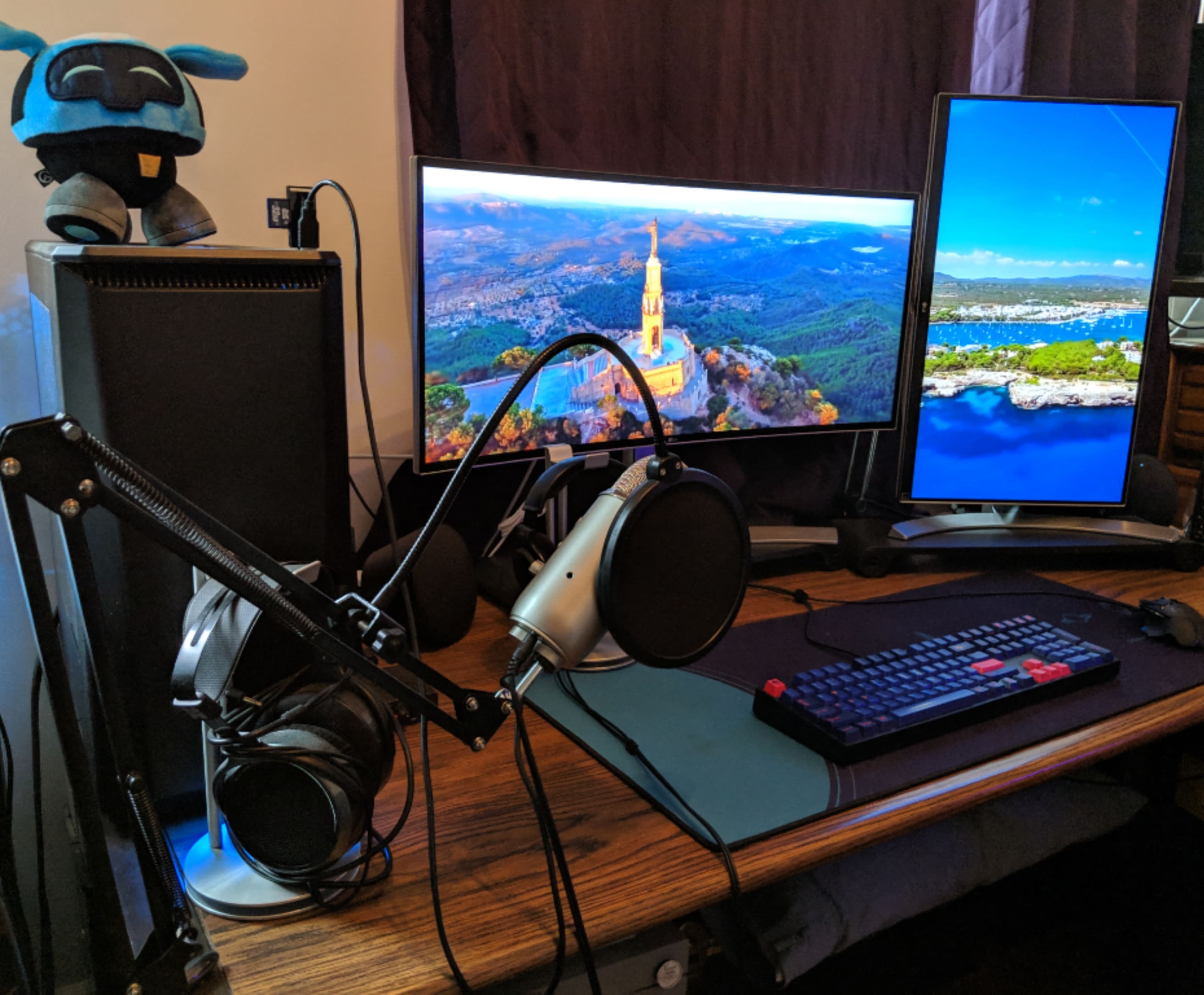
My mornings generally don’t change though, I try to keep my routine consistent.
Making the Most of an NYC Commute
My commute isn’t great and this summer I’m planning to move so I can shorten it. Right now it’s usually around 45 minutes on the subway. To work it’s a single train. On the way home it’s two trains, but it’s not as bad because I meet my partner and we commute home together. That much time on a train means I have a lot of time to read, and I’ve been slowly weaning myself off of social media and picking up bite-size books instead! When I have internet access, I’ve been known to scroll through Instagram liking photos of adorable animals, just to relax a bit.
Kicking Off a Day at the Office
As soon as I sit down at work and settle in, I open three apps: Slack, to see if I missed any critical communication while I was commuting, Google Keep, to review my inspiration and idea list, and Todoist, to review what I have to do right now. Once I’ve looked at them all, it’s into my inbox to catch up on any emails I may have missed after I left home that demand attention, and then on to editing, meetings, or other day-to-day duties of your average NYT editor!
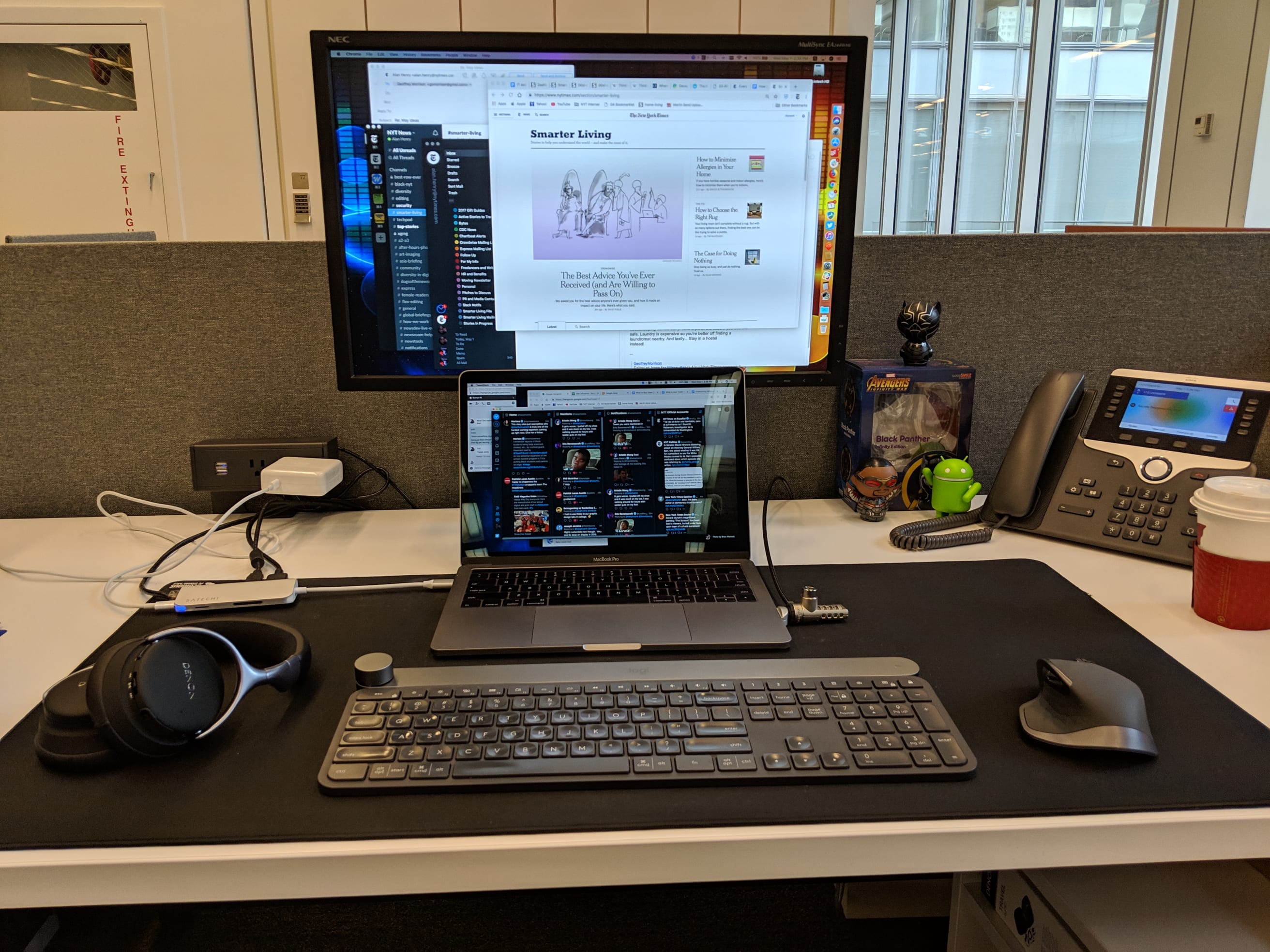
My days are fairly varied. The average day is a lot of editing and story production. It can include reviewing filed copy from writers and sending it back to them with edits and suggested changes. Then when I receive a final copy, getting it ready to be published, getting a second editor to give it a pass for anything I may have missed, and convincing our various audience teams to help promote the work we do. It’s all the back-end stuff of publishing news on the internet, but it’s important work! The kicker is that on some days, that workload tilts one way or the other - I’ll either have a lot of meetings to discuss stories, a lot of editing to do, a lot of production work to do, or a mix of them all. While the responsibilities are there, it can be a toss up which is more pressing on a given day.
The Smarter Living team has a News Assistant that helps with a lot of our tasks, and I work with them most closely on getting stories copy edited, second read, produced in our CMS, and published to our space on the New York Times homepage. I also work very closely with the team at Wirecutter, the product review site owned by The New York Times Company, to help them syndicate some of their best articles to The Times, share their reviews, and get other editors engaged with the work that they do.
Blocking Time
I definitely time block. This is partially because my best working hours are in the afternoons/evenings, and because I have meetings I need to go to on a regular basis. I block off my mornings every day so I can start my day and commute without worrying a stuck train will make me late for a meeting. Also, I block off time for my evening commute and for some other optional roundtable meetings at The Times I try to attend when I’m not busy.
If I know I’m going to need some time for “deep work,” I try to schedule it in the afternoons and block that time off completely. Three hours, four hours, maybe more. Or I’ll just work from home that day where I can spread out, focus, and relax a bit more than I can in the office. I also try to schedule meetings on the same day. If someone books me for a Tuesday meeting, I try to put other meetings on Tuesday as well, just to get them all out of the way at once.
Finding Focus at Work
This is a bit superstitious in a way, but the best way for me to get focused is to have a steaming cup of something in front of me. There’s something about the wisp of steam off the top of a cup of coffee or tea that just immediately gets me in the headspace that it’s time to settle in and work. Try it yourself!
I love working to music. I wrote about this for Lifehacker ages ago, but if you haven’t worked while listening to video game soundtracks, you should. The music is designed to be motivating, which is great for long working sessions. It’s also usually orchestral or upbeat enough to not be distracting but to urge you forward, without distracting vocals. A couple of soundtracks to consider (or Pandora or Spotify stations to create): Skyrim, Mass Effect, and Destiny/Destiny 2. Those are just a few, but try your own favorite games and see what I mean. Or head over to YouTube where there are lots of “video game music to work/study to” channels streaming live, 24/7. Similarly, don’t discount the whole “Lo-Fi Beats to Work/Sleep/Study To” genre of YouTube stream that can be great as well. I’ve been really into synthwave, future funk, and city pop lately as well, though they’re more of a tossup when it comes to helping you be productive, since sometimes there can be a lot of vocals.
Taking breaks is essential to better productivity. I gave a talk at The New York Times about productivity tips, and there’s actually a ton of research that indicates the longer you force yourself to work, the lower your productivity actually is. You think you’re getting more done, but you’re really not working to your full potential, or worse, you’re creating re-work you’ll have to correct later. Take breaks, reset yourself! Get some water (that’s my favorite, it’s a good way to stay hydrated), walk around the office a little bit, catch up with a coworker if you’re not being intrusive (respect their time too). You’ll feel more refreshed and ready to tackle that task again if you get up, get a drink, grab a snack, look out the window, or talk to someone who likes you and is happy to see you. I know I do!
Balancing Everything
I usually head out of the office around 6pm or 7pm to take the train home, depending on the state of the NYC subways, and trust me, that can be pretty variable! I’m lucky enough to generally be able to leave work at work. Sometimes I’ll get a ping after hours on Slack from someone on the west coast for whom it’s like 4pm when it’s 7pm for me, or something else that needs my attention. But in most cases when I’m out of the office, I’m out. I do get a lot of after-hours emails, but I try to avoid the temptation to spend all evening in my inbox, or do a lot of email from the train home. That’s reading time!

I absolutely strive for work-life balance. I’m not one of these people who thinks you should just blend your work and your life to the point where you can’t recognize the difference between them anymore. Don’t get me wrong, I’m all for doing a job you’ll love so you don’t feel like one is intruding on the other, but unless your partner, family, friends, hobbies, and side project all cater to your job, you need some space to be the person you are that isn’t defined by the thing you do for income.
I have to admit, I still play a lot of video games, which is actually really fun and relaxing (and makes good use of the computer I just built!)
Unwinding in the Evening
Most of my evenings are the same. I try to relax around the house for a little after getting home and before starting dinner. I love to cook, so even though I live in New York City, I still try to make a lot of my own food (partially for health reasons, but partially because it’s fun trying new recipes and getting into the kitchen!) I’ll kick around the house and maybe play video games for a bit before cooking, cook dinner, settle down and watch YouTube or TV while I eat, and then sit back on the couch a while and either focus on the show or play a mobile game here or there until it’s time for bed. If I have a household project or something I need to get done, I usually squeeze it in before cooking or after dinner. But before you know it, it’s usually time for bed!
Before bed I usually start thinking about dinner the next night (in case I need to thaw anything, or pick anything up from the store on the way home, in which case I add it to my to-do list!) I’ll give some of my favorite webcomics a read and check up on those adorable Instagram animals one last time. Scrolling through Instagram - which is almost exclusively curated for me into people I follow who post things that make me happy or feel good, I can’t recommend that enough - is usually the last time I look at my screen before curling up to sleep.
I try to get to bed around midnight, since I’m fortunate to get up at 9am. Sometimes I slip and it’s closer to 1am, but I’m usually close to midnight.
Exploring the Right Rhythm
One of the best things about editing Smarter Living is that I have the opportunity to work with writers from all backgrounds, all over the world, in different time zones and with different perspectives. I learn so much from them! The “bite-size” book idea? I got it from one of my writers! I also experiment with my routine quite often, trying different apps to manage my time and ideas, alert me when something needs my attention. I’m a big fan of setting alarms to remind yourself to do things like take breaks, stay hydrated, and even get ready for bed, so you don’t stay up too late and wake exhausted!
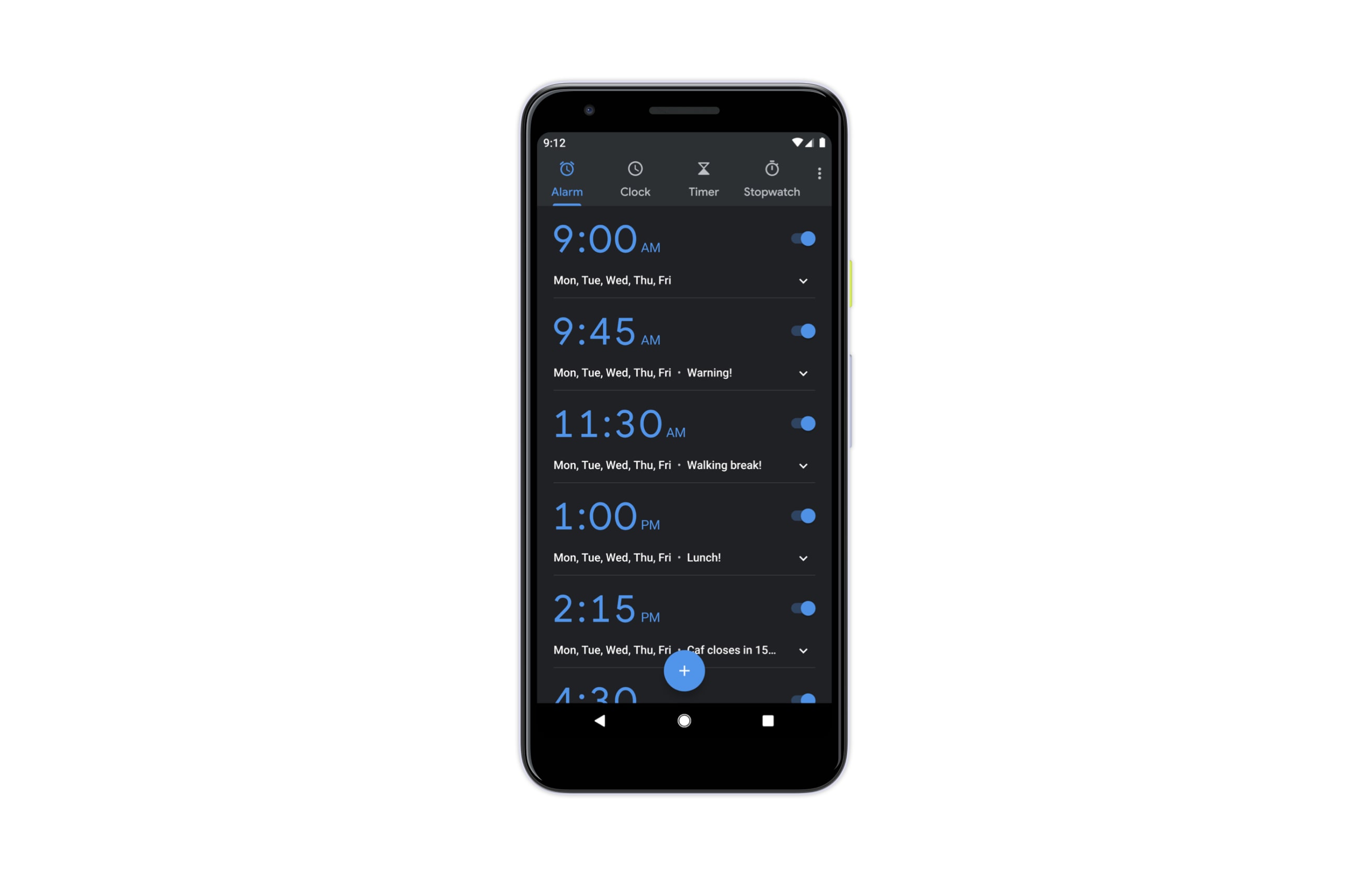
The way I look at it is that once you have a routine that works for you, stick with it -- but don’t be resistant to change. We’re all growing and changing people, and the person I am now may not be the same person with the same needs at the person I’ll be in a year. I would hope I’m able to adapt to the changing demands and challenges that person will face!
This interview with Alan Henry has been edited and condensed.

